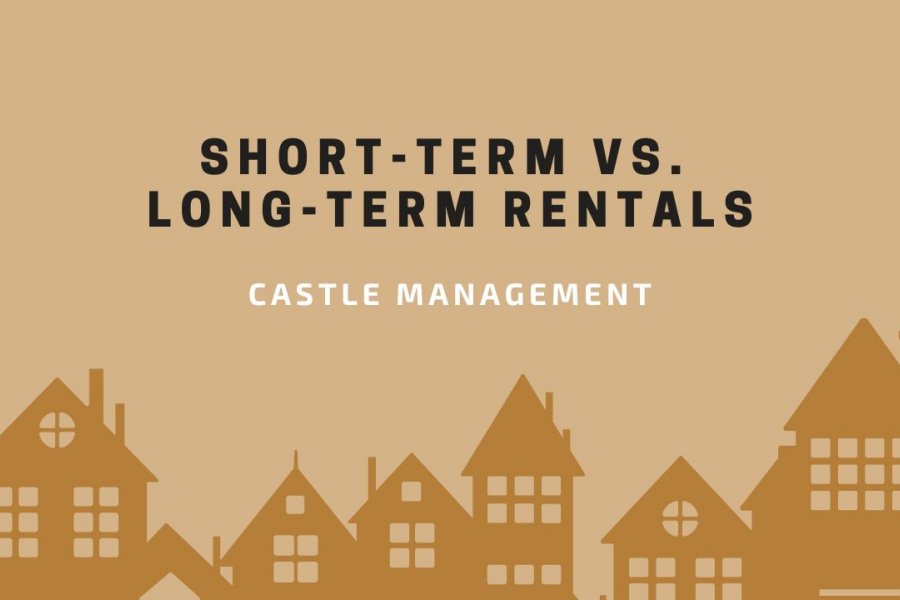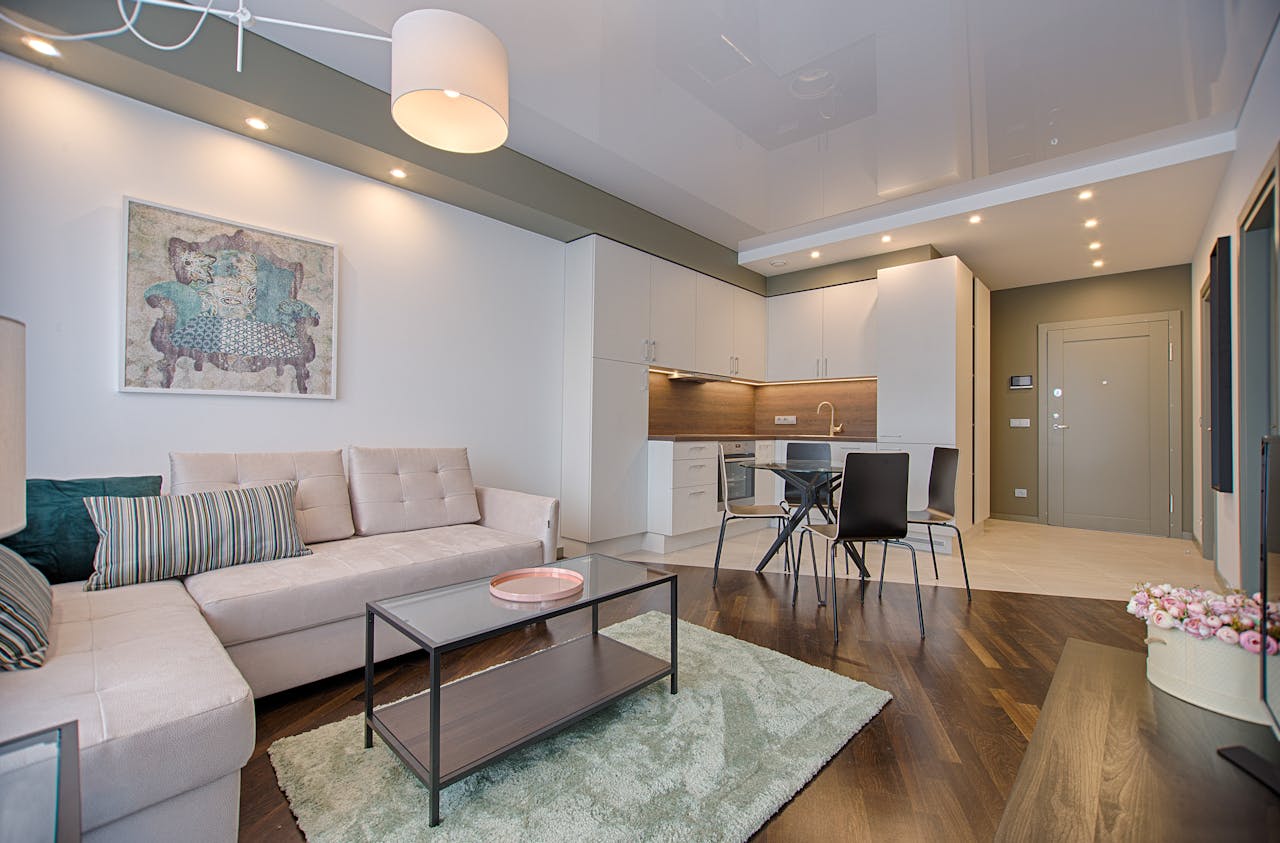
- Short-term leases offer higher income potential but come with greater volatility, higher operating costs, and regulatory hurdles—especially in cities like San Francisco.
- Long-term leases provide steady cash flow, lower turnover, and legal predictability, making them ideal for risk-averse investors or those seeking scalable growth.
- Location, tenant type, and local regulations should guide your leasing strategy—urban hubs may support short-term demand, while residential areas typically favor long-term stability.
- A hybrid model combining both lease types can deliver income upside while maintaining a stable financial base—if managed carefully and in compliance with local laws.
Choosing between short-term and long-term leases is one of the most important decisions for Bay Area property owners. Each approach affects your revenue stability, operating costs, and legal responsibilities differently.
Short-term leases can bring higher income but require hands-on management and compliance with strict regulations, while long-term leases offer predictable cash flow and lower turnover. Keep on reading this article by Castle Management to learn more!
Learn how we can help you maximize your home’s potential.
Defining Short-Term and Long-Term Leases in Commercial and Multifamily Contexts
In a multifamily or commercial setting, a long-term lease typically refers to agreements of 12 months or more, often with renewal clauses, rent escalations, and sometimes multi-year commitments. These leases anchor stability: tenants occupy space for years, and the owner enjoys steady cash flow and lower turnover.
By contrast, short-term leases in this context might range from month-to-month to six-month terms. In some cases, these are furnished or semi-furnished units targeting visiting professionals, interns, relocation assignments, or transitional tenants. In commercial space, short-term leases might also serve pop-up retailers, interim offices, or flexible coworking uses.
In the Bay Area specifically, short-term and “intermediate length” occupancies (e.g. stays between 30 and 364 days) are often regulated differently than very short stays (less than 30 days).
Many jurisdictions restrict or require permits for short-term rentals in residential contexts; for commercial or mixed-use buildings, the rules may be somewhat different—but still worth careful review.
Comparing Revenue Potential and Cash Flow
Short-term rentals can generate higher income since tenants pay a premium for flexibility—especially in high-demand Bay Area areas like San Francisco or Palo Alto. That added revenue often comes with higher expenses, including cleaning, furnishing, marketing, and vacancy costs.

Long-term leases, on the other hand, offer stable occupancy, lower turnover expenses, and less day-to-day management, though rental rates are generally lower. In the Bay Area, where demand is strong, long-term leasing provides consistency and protection from market swings, while short-term models depend on maintaining high occupancy to stay profitable.
Risk, Volatility, and Operating Complexity
Short-term rentals are more volatile; occupancy can drop quickly when demand slows, and frequent turnovers increase wear, maintenance, and management workload.
Long-term leases provide steadier occupancy, fewer transitions, and lower operational stress. While risks like rent stagnation or tenant default exist, they’re generally manageable with proper screening. In commercial leasing, long-term tenants are also more likely to invest in improvements, while short-term setups often leave those costs to the owner.
Regulatory, Zoning, and Legal Constraints in the Bay Area
Strict local regulations make long-term leasing the safer option for many Bay Area property owners. Cities like San Francisco limit short-term rentals under 30 days, requiring permits, taxes, and registration. Even commercial and mixed-use properties face zoning and compliance rules for transient stays.
Long-term leases, meanwhile, fit cleanly within established landlord-tenant laws, rent-control policies, and eviction frameworks. While compliance is still essential, the legal landscape for long-term rentals is far more predictable and stable.
Market Demand, Location, and Tenant Profile
Location heavily influences which rental model works best. Properties near universities, hospitals, or business hubs are ideal for short-term tenants like consultants or interns, while suburban and residential areas attract long-term renters seeking stability.

Short-term tenants expect furnished spaces, fast internet, and hotel-like service—making upkeep more demanding. Long-term renters, meanwhile, are content with standard finishes and lower maintenance involvement, offering owners a more hands-off arrangement.
Learn how we can help you maximize your home’s potential.
Hybrid Approaches: Flexibility Within Your Portfolio
A hybrid model is often optimal: for example, designate a percentage of units for short-term or corporate stays, while leasing the majority long-term. This allows you to capture upside during peak seasons while keeping cash flow stability via long-term contracts.
You might also offer “flex leases”, which are leases with longer minimums (e.g. six or nine months) but more flexibility around renewals or rent adjustments. This bridges the gap between short-term and deep lock-in leases.
Contracts with break options, rent escalation, and subleasing rights can also give you flexibility while preserving predictability. The key is structuring lease agreements so that you can respond to market changes while maintaining baseline stability.
When Short-Term Leasing Makes Sense for Commercial & Multifamily Owners
There are several situations in which short-term lease strategies can shine:
- The property is located in a high-demand area (e.g. near corporate campuses, medical centers, tech hubs, convention centers) where transient occupancy demand is strong.
- You can furnish and maintain units to a hospitality-level standard.
- You have the operational bandwidth (or a competent manager) to handle frequent turnover, cleaning, marketing, and guest services.
- Regulatory constraints in your municipality allow it.
- You anticipate that the upside revenue potential outweighs turnover cost and vacancy risk, even in off-peak months.
- You want flexibility to shift property usage, re-purpose units, or pivot your strategy over time.

Even when conditions seem favorable, it is wise to begin cautiously and monitor metrics before converting your entire inventory to short-term.
When Long-Term Leasing Is the Safer Option
Long-term leasing tends to be preferable when:
- You prioritize stable, predictable income and lower management burden.
- Your property is in a more residential or less transient neighborhood.
- The regulatory or legal environment constrains short-term operations.
- You plan to scale or expand your portfolio, and want consistent underwriting.
- You lack the time or resources to service frequent tenant turnover.
- Your financing or investors favor stable cash flows and lower risk.
For many multifamily property investors in the Bay Area, long-term leases remain the backbone of revenue because of their relative safety and alignment with traditional multifamily investing models.
Final Thoughts
For many Bay Area multifamily or commercial properties, the most prudent path is a hybrid or flexible approach anchored in long-term leases but supplemented with selective short-term usage. The marginal upside from short-term leases is tempting—but only when carefully balanced against volatility and operational complexity.
When in doubt, lean on a property management partner that understands the Bay Area dynamics to structure and run your leases for optimal return and risk balance. That way, you can grow your rental business with confidence rather than chasing fleeting peaks.
For expert guidance in managing your Bay Area rentals, partner with Castle Management to achieve lasting profitability and peace of mind.
